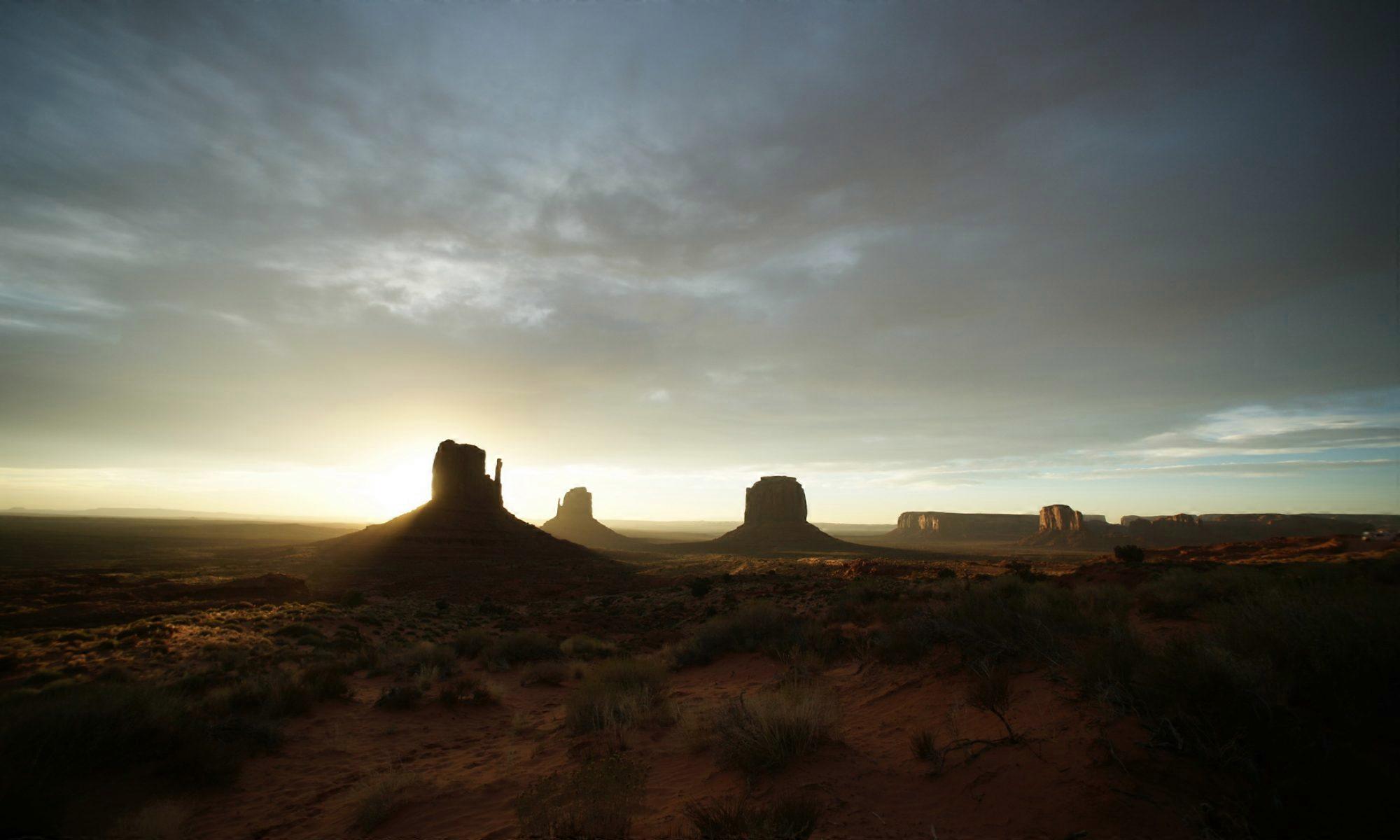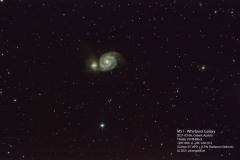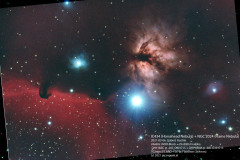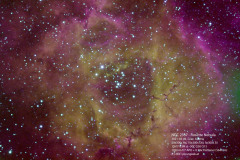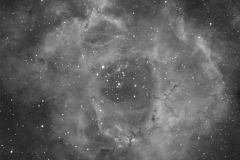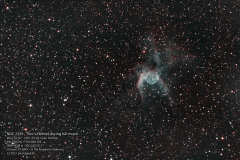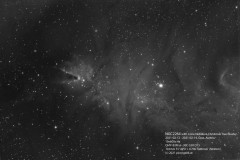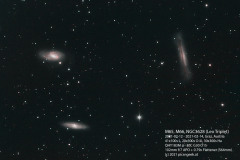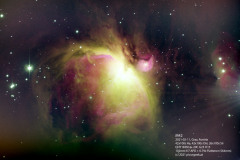Saturday night, the sky was a spectacular sight. I had the chance to go out to one of my favorite places for observing. The sky was so full of stars – it was really a treat! A bit of “discomfort” posed the low temperatures, which were around -10C all night long.
As I arrived later than I hoped for, I immediately set my scope up. Scope and camera setup were up and ready for imaging soon. But then – a series of technical problems began. The scope did not fulfill GoTo commands properly. After solving this, the auto-guider could not calibrate well. I thought, it should be well enough. But upon inspecting the data back home, I had to discard more than 60% of the data due to elongated or totally ruined images. And finally, at around 2am my primary battery gave up (being only discharged 25%) due to the low temperatures. So I called it a night and went home.
The results I could gather are not as i was looking for. This is primarily due to the very low amound of data. But still, I add them here for the records…
Image data:
Date: 2021-03-06
Location: Gaberl, Austria (RGB) + Graz, Austria (H-alpha)
Telescope: 102mm f/7 APO with 0.79x flattener (equals to 564mm focal length)
Camera: QHY183C @ -20C (RGB) + QHY183M @ -30C
Filters: Baader UV-IR-Cut, Baader H-alpha
Guiding: MGEN-II with off-axis guider
Exposures:
IC434: 24x300s H-alpha, 19x60s RGB
M51: 19x60s RGB
